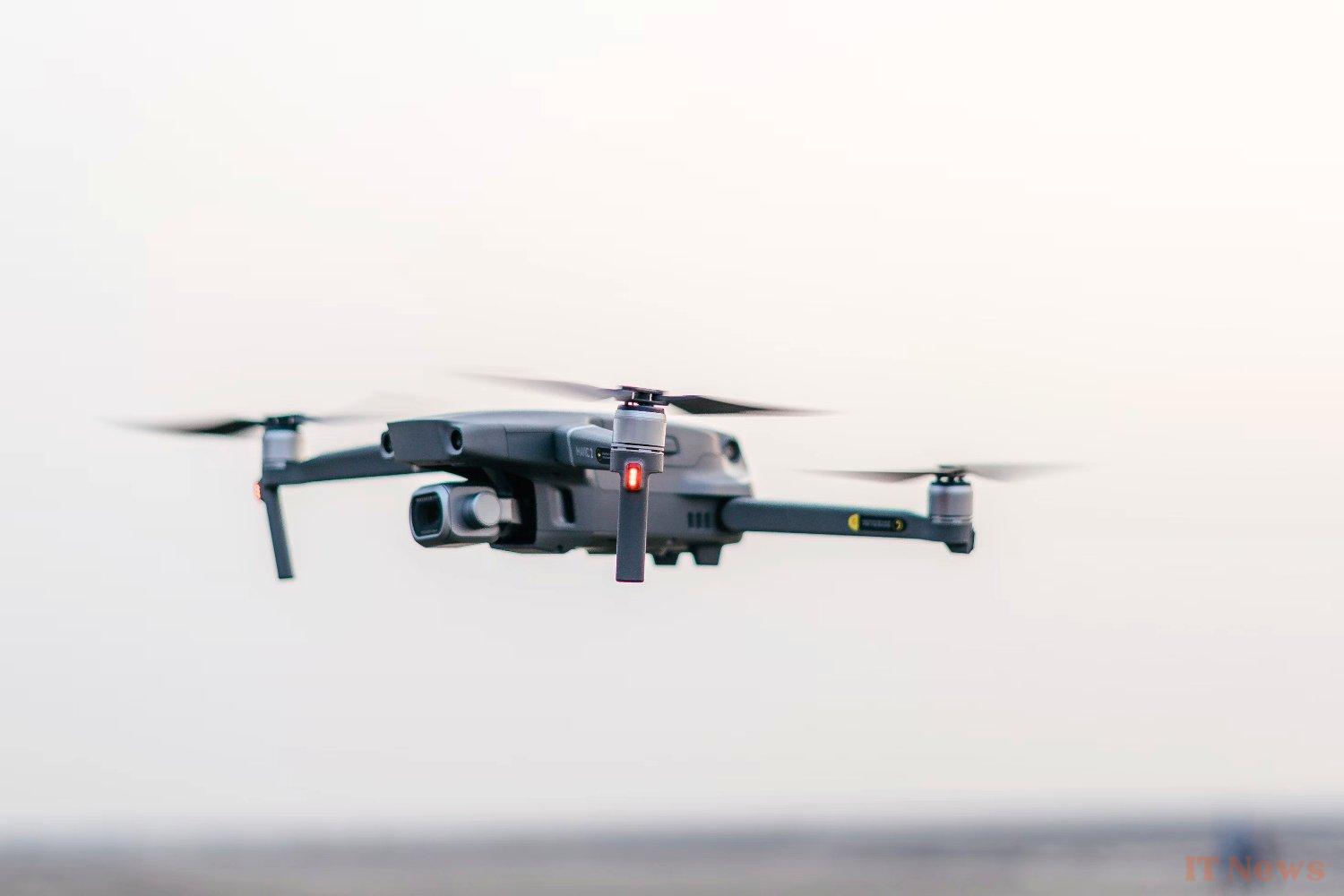The United States could change the game on the DJI subject. With the new Trump administration, the Chinese drone giant has reason to worry. The protectionist policy of the new government will pose a problem for the brand and its future, despite its presence in other markets, such as Europe. Its situation, since 2025, has deteriorated even more since DJI chose to lift a no-fly zone that it had added to all of its drones, to prevent certain users from deciding to fly over prohibited areas.
Unluckily for DJI, the lifting of the ban resulted, shortly after, in a very unfortunate incident. During the fires in Los Angeles, on January 9, a DJI Mini 3 Pro drone pilot hit a Super Scooper aircraft that was fighting the fire, and punched a hole in the latter's wing. The incident could have been much worse, but it could have been avoided, as the FAA issued temporary flight restrictions, including banning unauthorized drones from flying over the air.
The responsibility lies with the drone pilot, not DJI, but the brand could have prevented this from happening if it had kept its no-fly zones in place, preventing its drones from entering certain areas. Before the no-fly zones were lifted, DJI blocked drones with real-time geolocation and its piloting app. For Adam Welsh, head of global policy at DJI, this responsibility should not lie with the brand, but with regulators. But no-fly zones are not part of the imposed points.
The brand manager explained in an interview with The Verge that "the fact of saying that it is not useful to regulate because the main manufacturer already does it is not a good argument." To justify the brand's choice to no longer offer no-fly zones, Adam Welsh put forward the argument of the workforce. "It still requires a human being to review each request. You can imagine that we process a huge volume of absolutely legitimate unblocking requests on a weekly and annual basis." Means that would explain according to him why the authorities do not require manufacturers to do so: "it would be an enormous burden for any regulatory body to follow this process."
DJI would therefore like that with the current regulation and the end of the exclusion zones, drone pilots show themselves responsible for not going into prohibited areas. "A Cessna will not prevent you from flying anywhere. It is the responsibility of the pilot to know where he is legally authorized to fly. The same principle therefore applies to the operator of a drone. It is his legal responsibility to fly where he has received authorization", exclaimed Adam Welsh.
Avoiding waiting times before flying
While waiting to know its fate with Donald Trump's new policy, DJI seeks to think first and foremost of its customers or future customers, and working on this lifting of the exclusion zones was an important point. The brand's global policy manager explained it with another example: when a customer wants to take off a drone to check their roof, in 50% of urban areas in the United States, they need FAA authorization. When this is obtained, DJI still has to unlock the drone in question to give it the right to fly in the area."
A long waiting time, for a very simple and potentially very short flight, which could make customers lose patience, and put them off their drone purchase. An opinion that would be shared in the professional world, even among firefighters, while Adam Welsh explained that he frequently receives calls from the fire station, explaining that he cannot take off their DJI drone because they are not in a usual area. Since fire stations regularly help others, firefighters are used to going to areas other than those assigned to them.
Finally, DJI discussed the idea of lifting the no-fly zones overall, but keeping the most important ones – the ones that don’t move, and that affect all customers (like the White House). On this subject, Adam Welsh responded: “We’ve looked at it. We’ve thought about keeping some specific areas. The decision was made internally, and we want to keep the same logic everywhere. Namely, to leave the pilot in charge of flying where they want, and not to fly in prohibited areas.”
He ended by adding: “We do everything we can to make sure our operators are informed of the places where it is not appropriate to fly, and to give them the warnings they need to make those decisions. But ultimately, the responsibility lies with the operator.”
Source: The Verge



0 Comments